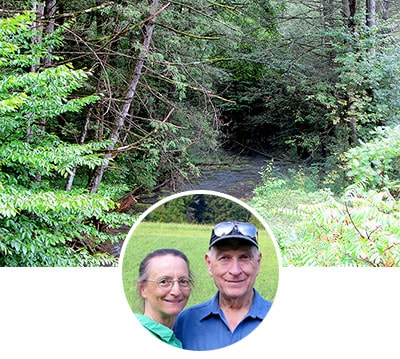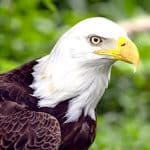
Pennsylvania, which boasts a rich tapestry of varied landscapes and teems with bountiful wildlife, is celebrated for its breathtaking scenic charm and impressive deer population. As a motorist traversing the picturesque roads in this region, it is crucial to remain aware of the heightened likelihood of encountering a deer, which may lead to unfortunate collisions, especially during specific seasons.
Gaining insight into the contributing factors that precipitate deer-related incidents can empower you to adopt necessary precautions and maintain safety on the road. It naturally begs the question: during which periods are the chances of crossing paths with a deer in Pennsylvania at their peak?
Specific Times When the Risks of Deer Collisions Are High
Drivers often share the road with the state’s thriving deer population, leading to unique roadway challenges. In this section, we will examine the times when motorists in Pennsylvania are at the greatest risk of encountering deer.
1. Breeding Season (October to December)
Among the most crucial times to be vigilant of deer is amid their mating season, which generally unfolds between October and December. In this span, the bustling activity of deer escalates substantially as they embark on a quest for companionship.

Bucks adopt a more territorial demeanor and are prone to straying onto the paths of motorists, especially as twilight and daybreak approach. As a driver, it is essential to exercise heightened caution and moderate your speed during these moments to ensure your safety and that of the creatures that share the landscape.
In addition, this time of year is when deer hunting seasons occur. Deer often get chased out of the woods when hunters go to and from their hunting destination.
2. Migration Periods
Deer possess a fascinating migratory behavior that, during specific periods, can inadvertently contribute to an increased likelihood of mishaps on the road.
Deer are frequently observed traversing between lush wooded regions and fertile farmland, particularly during the spring and autumn. As a vigilant driver, it’s essential to heed any signage indicating deer crossing zones and modify your speed to suit these areas.
Exercise heightened caution when navigating spaces where open fields converge with dense forests, as deer tend to frequent such transition zones, increasing the chances of unexpected encounters on the road.

3. Evening and Early Morning Hours
Deer are exquisite crepuscular creatures that thrive in the twilight hours enveloping sunrise and sunset. During these dimly lit moments, drivers may find it challenging to detect deer on the roads, inadvertently heightening the probability of collisions.
To navigate this potentially hazardous time, exercise the utmost caution, utilize your high beams when the absence of other vehicles permits, and remain ever-alert, ready to respond quickly should a graceful deer appear unexpectedly on your path.

4. Rural and Wooded Areas
The picturesque landscapes of Pennsylvania, with sprawling rural expanses and dense woodlands, create an idyllic sanctuary for its thriving deer population. These splendid creatures often frequent these regions, inadvertently elevating the odds of crossing paths with motorists.
As you journey through wooded areas, alongside fertile agricultural lands, and skirt the fringes of lush forests, remain particularly vigilant and attentive to ensure a harmonious coexistence with these captivating inhabitants.
Even though deer are most active during the times listed above, remember deer are unpredictable and can unexpectedly cross the road at any time of the day or night in any location, so remain alert when driving.
Keystone Answers Fun Fact: Kennett Square, PA, is the “Mushroom Capital of the World,” producing approximately 44% of the country’s mushrooms!
Tips for Avoiding Deer Collisions
It’s essential to equip ourselves with practical strategies that can significantly reduce the likelihood of a deer collision. Following are some valuable tips to help keep both drivers and deer safe on the road.
- Maintain a keen sense of alertness and eliminate distractions as you navigate the roads, particularly in areas known to be frequented by deer.
- Adhere to posted speed limits and exercise caution by reducing your speed during high-risk periods.
- Scan the road ahead while employing your peripheral vision to identify any deer lingering at the periphery.
- Remember, where there is one deer, others may soon follow – so remain cautious and vigilant.
- In the event that a collision becomes inevitable, apply the brakes firmly without swerving into oncoming traffic or veering off the road, prioritizing safety for all who share the roadway.
Staying Vigilant
It’s essential to remember that deer-related accidents can pose a considerable risk to both vehicles and their occupants. Gaining insight into the factors that lead to such collisions and cautious driving practices can significantly lower the odds of facing such incidents.






